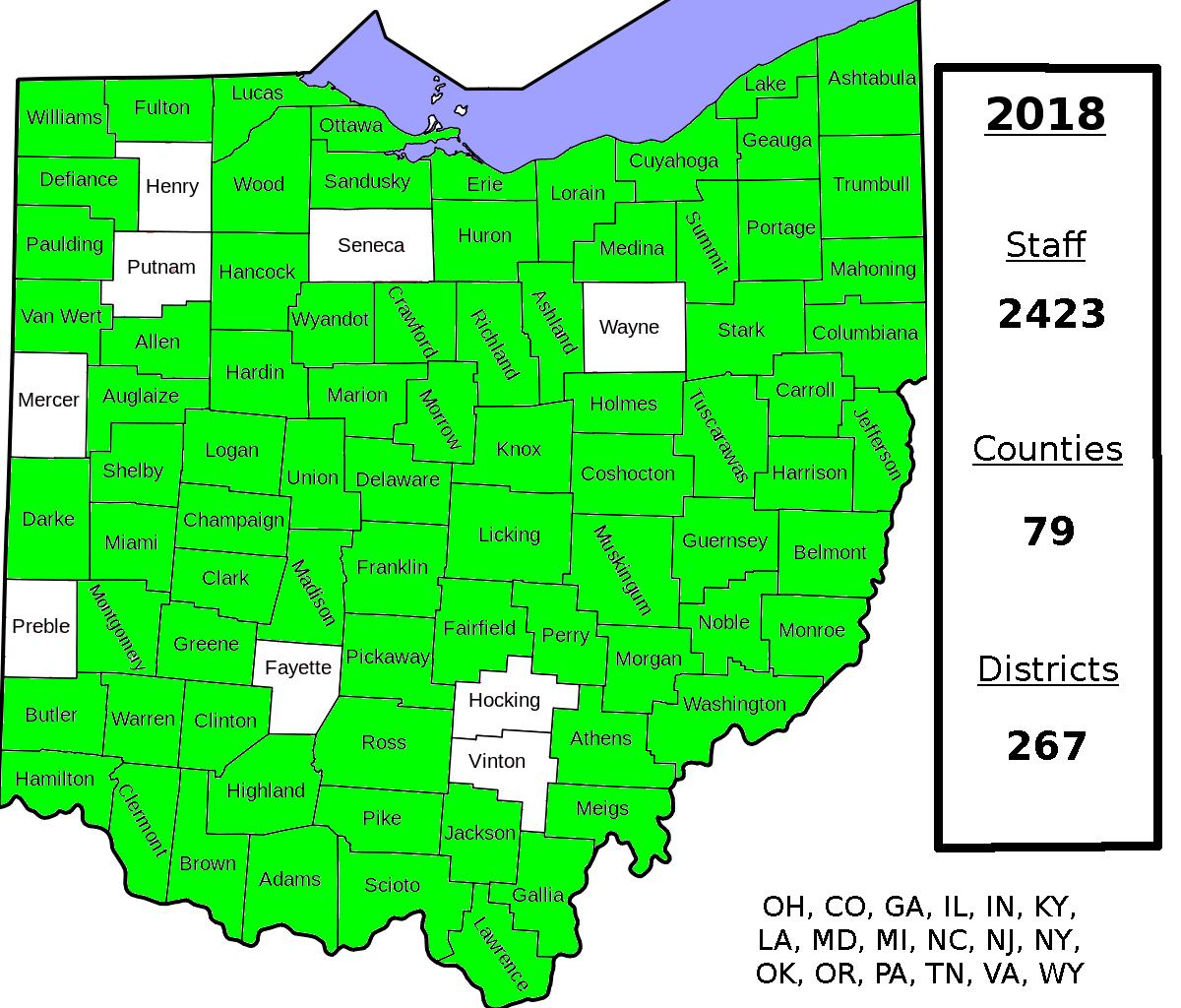
On Anniversary of Columbine, FASTER Saves Lives Reaches Critical Milestone
Since our first FASTER Saves Lives class in the spring of 2013, we have trained more than 2,600 school staff from over 260 school districts across 18 states, including staff from 79 of Ohio’s 88 counties. Demand from sc hools is still growing. For 2019 we already have 15 classes scheduled in 4 or 5 states just this summer alone.
hools is still growing. For 2019 we already have 15 classes scheduled in 4 or 5 states just this summer alone.
April 20, 2019, marks 20 years since two students committed one of the most horrific crimes ever in our schools. So what has changed in 20 years (Columbine), 12 years (Virginia Tech), or 7 years (Sandy Hook) for how schools and law enforcement respond to violence in our schools and other mass killings?
The year 1999 marked the high point for this type of extreme violence in America’s schools. The decade before 1999 saw on average 19 fatal schools shootings per year, compared to the decade we just completed where American schools saw on average 6 fatal shootings with 14 killed per year.
Prior to 1999, most deaths were the result of gang warfare spilling into classrooms. Columbine was one of the first where the motivation to become famous played a significant role.
Prior to 1999, widespread general violence had forced law enforcement to create and adopt SWAT and similar response teams to deal with criminal situations. Unfortunately it was not until long after Columbine that they began to realize these mass killings were a new type of crime. The murderers no longer made demands or sought negotiation. They simply wanted a high body count.
Waiting for SWAT or other teams to arrive gave the killers what they wanted: more time to kill. This started a slow evolution in law enforcement tactics, beginning with those first to arrive on scene entering schools sooner in small teams.
At the same time, schools were working to be more open and inviting to students, staff and the community in general. Unfortunately it took additional dead and injured students to push the pace of change in law enforcement response.
In 2007, when the mass killings at Virginia Tech occurred, police were in the best position possible. In response to a double murder in the dorms just two hours earlier, SWAT was activated and ready to go. As the murderer entered Norris Hall that morning, there were already 2 fully-geared-up, highly trained SWAT teams less than one mile away.
We will never get a faster response from highly trained law enforcement teams than we had at Virginia Tech, but there were still over 50 casualties. Law enforcement response was not the solution to this problem.
Schools finally started to realize that a more open environment for students, staff, and community may be opening them up to more violence as well.
By 2012, schools had started implementing more and more layers of safety and security. On the morning of December 14, Sandy Hook Elementary School in Newtown, CT, was probably at the leading edge of this change. Among other improvements, they had implemented single avenues of entry, automatic locking of doors, and even had on-site mental health professionals to identify and assist with problem students.
The Newtown police were also on the leading edge of response that morning. The first officer arrived in less than 3 minutes, and two more were on-site just seconds later. Even with this rapid response, the community lost 20 babies and 6 adults.
Sandy Hook was a defining event for many schools. School boards suddenly realized that if their response plan to violence was to wait for outside help to arrive, the results would likely never get any better than Sandy Hook. And another 20 dead was just not acceptable.
These schools reached out to professional law enforcement, as well as medical and safety experts, and began to figure out that TIME IS ALL THAT MATTERS. When violence starts, the sooner you 1) stop the killing with immediate aggressive force and 2) stop the bleeding with immediate medical care, the more lives will be saved.
This realization gave birth to the FASTER Saves Lives program, which addresses both issues 1 and 2. It shrinks the response time to a minimum by having armed, trained staff on-site at all times. This program has helped to dramatically change the mindset of previously skeptical schools, parents, and law-enforcement, who now see school staff as part of the solution.
Today we are proud to be recognized as the leading program for school violence. We have partnered with our nation’s experts on psychology, firearms, and traumatic medical care. We are training more and more school staff. And we continue to learn and evolve to meet the demand from schools who want the highest level of safety for their staff and students.
For more information, visit FASTERSavesLives.org.
Joe Eaton serves as Treasurer of Buckeye Firearms Association and is Program Director for Buckeye Firearms Foundation's FASTER Saves Lives program.
- 390 reads

